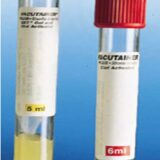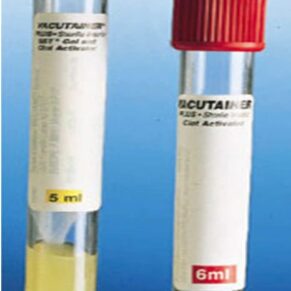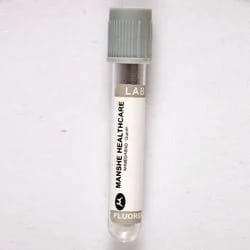- Your cart is empty
- Continue shopping
Shop
HBV Viral Load ( HBV DNA )

What a hepatitis B viral load test can tell you about your infection
The hepatitis B virus DNA quantification, also known as the viral load test, is a blood test that measures the amount of hepatitis B virus DNA (viral load) in the blood of chronically infected patients. The blood is tested using a Polymerase Chain Reaction (PCR) technique. By itself, the viral load shouldn’t tell you all that much. The information gained from an HBV viral load test should only be considered in relation to other information like your e-antigen (HBeAg) status, liver enzymes (ALT/AST) test results, and inflammation levels. The viral load is usually measured in “international units per milliliter” (IU/mL), but in the past, it was measured in “copies per milliliter”(cp/ml).
Viral load varies over time, depending on the phase of your hepatitis B infection. It’s critical to have your viral load regularly monitored to fully understand what stage of the virus you might be experiencing. The phase you are in is determined by an array of lab results, which includes viral load.
Chronic hepatitis B infection is characterized by four phases. Not everyone will experience all four phases, and the lengths of the phases vary among people. Many people living with hepatitis B will transition between these phases.
Immune-Tolerant Phase: During this stage, hepatitis B reproduces freely in the body, replicates quickly, and causes a high viral load, sometimes in the millions or even billions IU/mL, with no or minimal liver injury. Once patients’ immune systems get rid of HBeAg and generate “e” antibodies (HBeAb), their viral loads begin to decline and ALT/AST levels normalize. This stage can be short-lived in healthy adults, but for people who were infected with HBV as a baby, it can potentially last for years or decades. Although the immune-tolerant phase can last well into adulthood, many individuals move into the immune-active phase during childhood.
Immune-Active/Immune-Clearance Phase: This stage is characterized by elevated or fluctuating levels of ALT, HBV viral loads typically greater than or equal to 20,000 IU/mL, and active liver inflammation. After some years in the immune-tolerant phase, most persons eventually develop HBeAg-positive chronic hepatitis, with elevated ALT levels and active liver inflammation that can be accompanied by liver fibrosis. At some point, most individuals with HBeAg-positive chronic HBV will lose HBeAg and seroconvert spontaneously anti-HBe (antibody of HBeAg). These patients are typically candidates for treatment.
Inactive Carrier State: Most people transition into the inactive hepatitis B phase, which is characterized by undetectable or low viral loads (less than 2,000 IU/mL) and improvement in liver inflammation and fibrosis. Adults in this phase will also typically have normal ALT levels and minimal inflammation. It is important, however, to confirm with your doctor that there is no evidence of advanced liver disease. This phase may be lifelong, decades, or not long at all. Monitoring your diagnostic tests in this phase remains important for lifelong health.
Reactivation Phase: People who are HbeAg negative may experience reactivation. ALT loads are elevated, HBV viral loads are above 2,000 IU/mL, and liver inflammation and fibrosis levels are moderate-to-severe.
During treatment, it’s important to measure HBV DNA levels. When daily antiviral pills are prescribed, doctors measure HBV DNA to see if the drug is working to reduce your viral load and to make sure that the antiviral is working.
If you have undetectable or low viral loads, while that’s typically good news, it does not necessarily guarantee that you have not, or will not, experience liver damage. That’s why viral load must be taken into account as part of a larger hepatitis B picture and never on its own — It should be considered in relation to other HBV diagnostic tests and results, as well as your treatment regimens. If you have questions, be sure to ask your liver specialist about the full range of your test results.
It can feel isolating and scary to have hepatitis B. You’re not alone, though. If a hepatitis B support group sounds like something you’d be interested in being a part of, here are a few places to get started.
New studies are testing the safety and efficacy of investigational treatments for hepatitis B.





Customer reviews
Reviews
There are no reviews yet.
Write a customer review